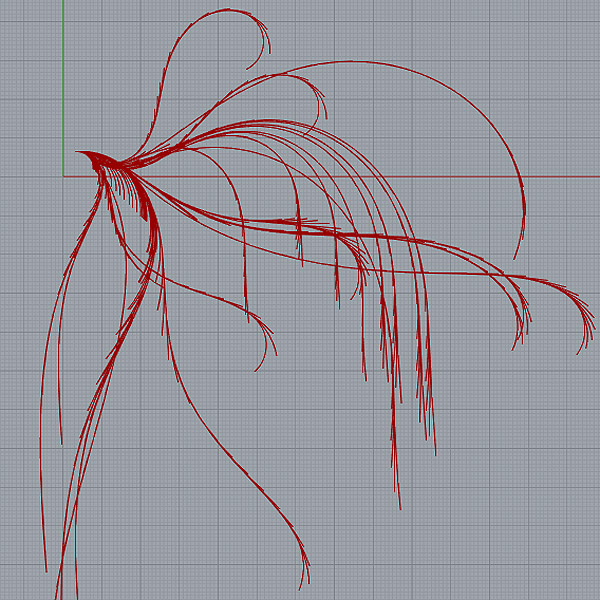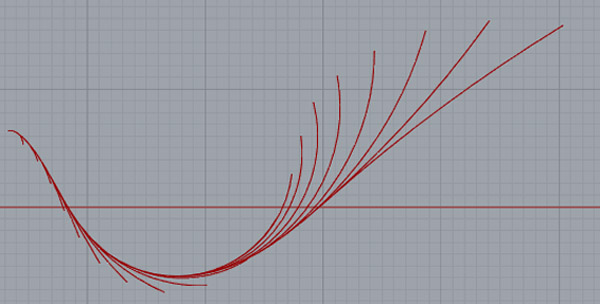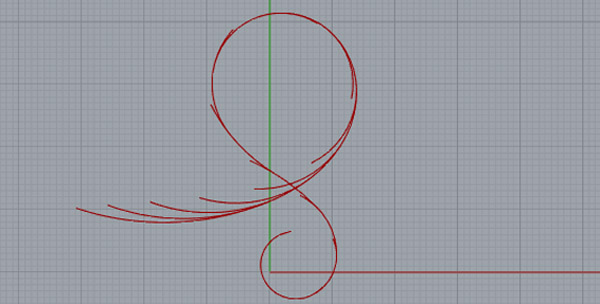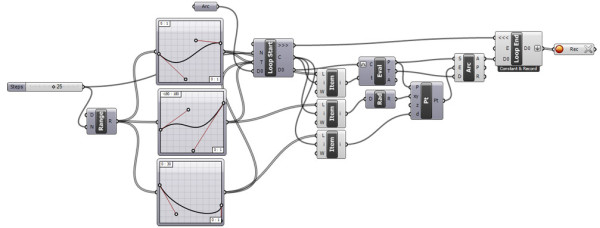Branches by Looping
While testing Anemone components for Grasshopper, I accidentally generated these branches by looping. In fact, I was trying to develop the definition that mimics the well-known “Arch SED” component method. This method uses the tangent vectors for the endpoints of the arcs. Then, it iterates the process in a random fashion so that the branches (arcs) join nicely. Anyway, this definition develops new branches from a previous one. It does this by using three graph mappers for the position, rotation, and length changes. If you play with these graph mappers, you’ll see the Anemone updates itself automatically. Thus, finally collecting the outcomes in a data recorder component to see the variations. To trigger the process, the number slider or the graph mappers should be modified.



There are still interesting possibilities with the branches by looping algorithm. However, it seems there are some performance issues with it. If you want to generate outcomes quicker, you need either a powerful computer or a better algorithm than mine.
Below is the Grasshopper definition if you want to play with it. I checked the algorithm in August 2021, and it still works. However, I say that the algorithm could have been much simpler. I didn’t touch it to keep the originality. The Anemone components are marked with “Old”, but it is still working nicely. I am curious when the developer would include the looping in native Grasshopper. It is probably not a technical issue. But due to the fact that looping breaks the data tree matching approach of Grasshopper. I am not following such issues lately, but I am happy to see the backward compatibility is a huge plus for Grasshopper.









